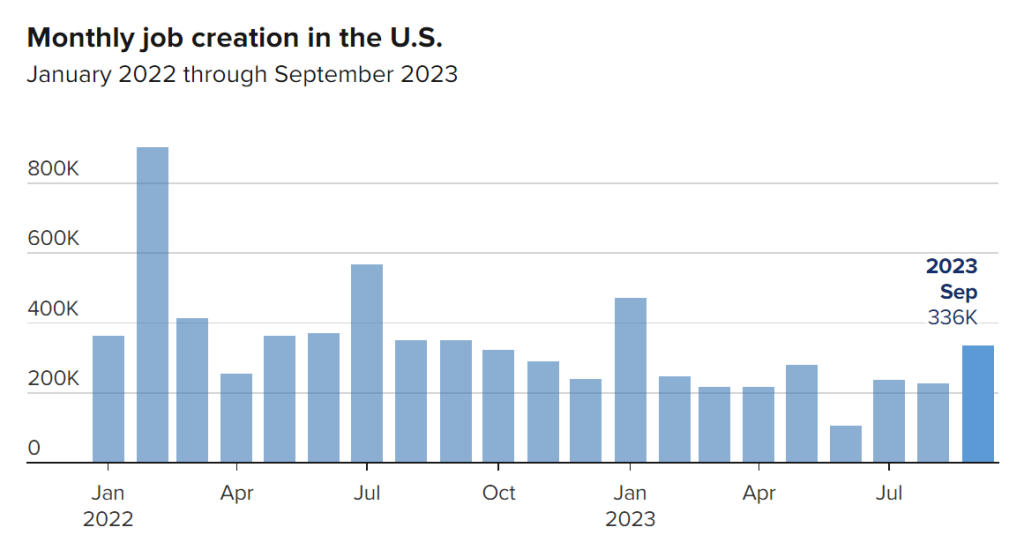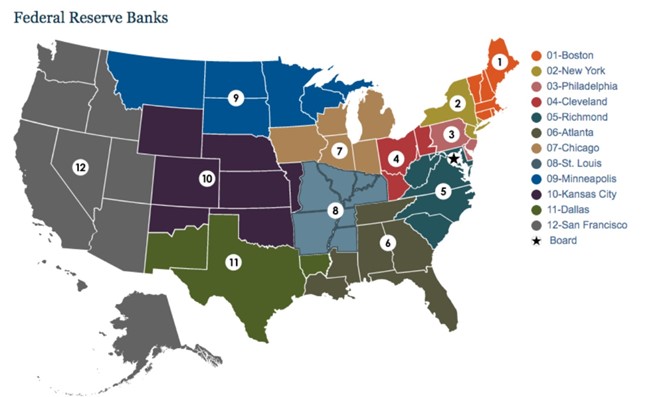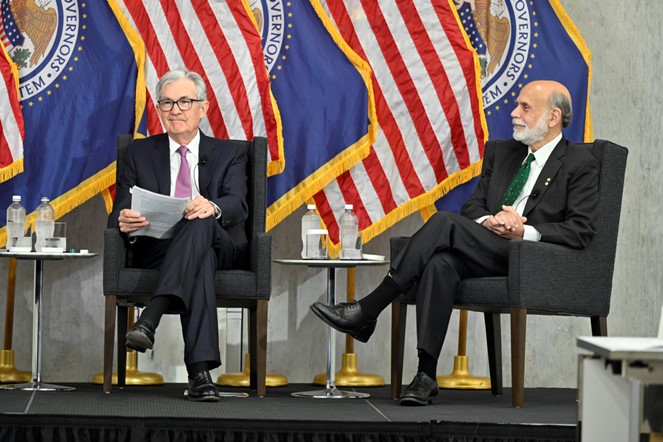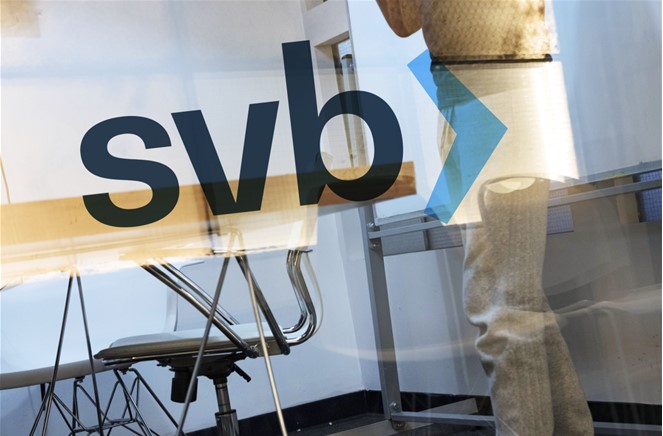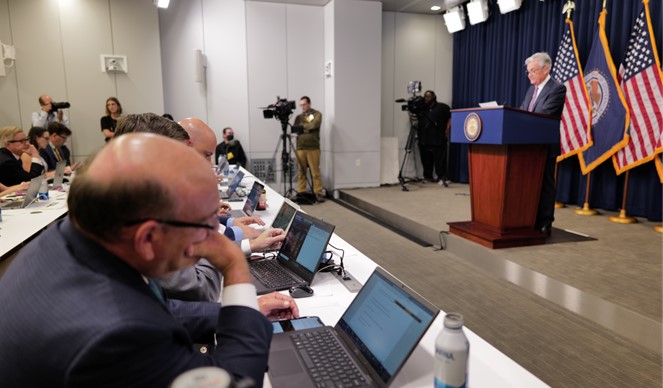Federal Reserve Chair Jerome Powell is set to deliver a closely watched speech on Thursday before the Economic Club of New York that could offer critical guidance on the future path of monetary policy.
Markets are looking for clarity from Powell on how the Fed plans to balance improving inflation data against surging Treasury yields and risks of recession. His remarks come at a precarious time – inflation shows early signs of easing but remains well above the Fed’s 2% target, while rapidly rising interest rates threaten to slow economic growth.
Powell faces the tricky task of conveying that the Fed remains vigilant in combating inflation while avoiding cementing expectations for further aggressive rate hikes that could hammer markets.
“Powell has to present himself to investors as the dispassionate neutral leader and allow others to be more aggressive,” said Jeffrey Roach, chief economist at LPL Financial. “They’re not going to declare victory, and that is one reason why Powell is going to continue to talk somewhat hawkish.”
Cues from within the Fed have been mixed recently. Several officials, including Philadelphia Fed President Patrick Harker, have advocated holding fire on rate hikes temporarily to evaluate incoming data. This “wait and see” approach comes after a torrent of large rate increases this year, with the Fed Funds rate now sitting at a 15-year high of 3.75%-4%.
But hawkish voices like New York Fed President John Williams insist the Fed must keep policy restrictive for some time to combat inflation. Markets hope Powell will provide definitive guidance on the prevailing consensus within the central bank.
Policymakers are navigating a complex environment. Inflation data has been gradually improving from 40-year highs earlier this year. But inflation expectations remain uncomfortably high, pointing to the need for further tightening.
“Powell has to present the recent inflation data as welcome news, but not evidence that the job is done,” said Ryan Sweet, chief U.S. economist at Oxford Economics. “The Fed still has more work to do.”
At the same time, the rapid rise in Treasury yields in recent weeks has already tightened financial conditions substantially. Another massive rate hike could be unnecessary overkill.
According to Krishna Guha of Evercore ISI, Powell will likely underscore “that the data has been coming in stronger than expected, but there has also been a big move in yields, which has tightened financial conditions, so no urgency for a policy response in November.”
Markets are currently pricing in a 65% chance that rates remain on hold at next month’s policy meeting. But there is still roughly a one-in-three chance of another 0.75 percentage point hike.
All eyes will be parsing Powell’s speech for any clues or direct guidance on the Fed’s next steps. While he is expected to avoid concrete commitments, his language choices will be dissected for shifts in tone or any hints at changes in thinking around the policy trajectory.
Powell’s remarks will also be scrutinized for takeaways on how long the Fed may need to keep rates elevated before ultimately cutting. Luke Tilley of Wilmington Trust expects Powell “to keep talking about staying vigilant” and the need for rates to remain higher for longer to ensure inflation comes down sustainably.
With growing recession fears on Main Street and Wall Street, Powell faces a defining moment to communicate a clear roadmap of where monetary policy is headed, while retaining flexibility. Walking this tightrope will be critical to shoring up the Fed’s credibility and avoiding unnecessary market turmoil.
All eyes are on the Fed chair tomorrow as investors and economists eagerly await guidance from the man himself holding the levers over the world’s most influential interest rate.




